Tutorial
Video Tutorial (English)
Video Tutorial (Spanish)
Summary
- Installation folder: Copy and run Wolfeye from C:\Users\Public. Some examples are C:\Users\Public\Pictures, C:\Users\Public\Documents, C:\Users\Public\Music, C:\Users\Public\Videos …and create the folder named winupdate there (the folder name can be anything)
- Put the installation folder into the exception list of your Antivirus (before you extract the ZIP file)
- Run Wolfeye and hit the green and then the blue button.
- Check if the Windows startup feature is approved (in most cases it is approved). To check this, go to Settings via the Windows Start menu, then to Apps and finally to Startup / Autostart. There, look for Wolfeye and turn on the lever if it isn’t. The illustration will take you there:
Note: The downloaded file is a zip-file. You must unzip/extract the zip file before using Wolfeye. Please unzip / extract the downloaded ZIP-file, that password is: wolfeye
Step 1: Set an exception in the antivirus program
The first step begins even before the download: You have to select the download or installation folder and add it to the exception list of the antivirus program – this is important.
Because Wolfeye Remote Screen is a surveillance software and therefore works like a “hacking tool”. For this reason, antivirus programs see the application as suspicious.
However, just putting the folder into which you will copy the application into the exception is sufficient, because the application only operates within this folder and does not copy anything into it or do anything else.
It is important that when choosing this folder – when choosing this path – we choose a folder on which every PC user has write rights. Because of course we want to use the application to be able to monitor any user on this PC.
And for this reason we should best choose a folder on C:\Users\Public or C:\Users\Public. Some examples are C:\Users\Public\Pictures, C:\Users\Public\Documents, C:\Users\Public\Music, C:\Users\Public\Videos …
I will choose one of these public folders – for example this C-user-public-video – and create the folder named winupdate there (the folder name can be anything):

We will copy Windows Remote Screen into the winupdate folder. First we will put this folder in the antivirus exceptions.
How to do this depends on which antivirus program you are using. If you want to know how your antivirus program works, send us an email and tell us which antivirus program you use. We will give you the instructions for setting up an exception in your antivirus program. There are antivirus programs in which the exception must be set in different places. Because, for example, there is a live scan and a general scan. So please send us an email if you have any questions.
I now show here how to set such an exception in the Windows Defender Security Center of Windows. I do this by typing here in the Windows search box, then Antivirus, and clicking Virus and thread protection:
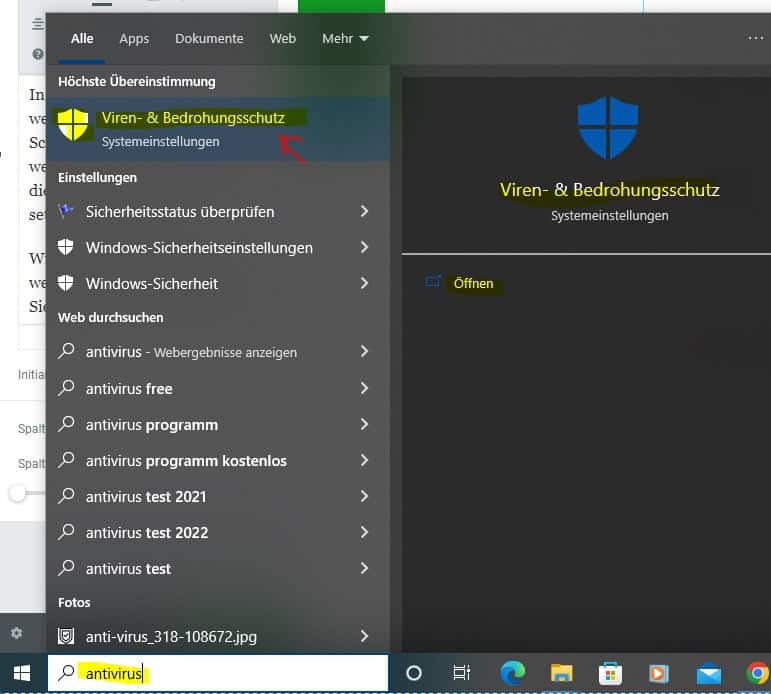
Virus and threat protection opens and next I go to Virus and threat protection settings (thread and protection settings). A page appears, I have to scroll down and click on exclusions. And here I can add or remove exclusions:
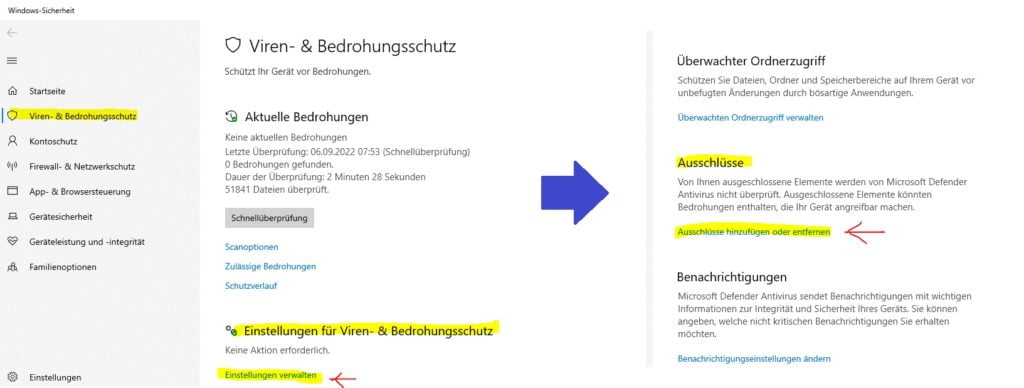
And I can choose to put a specific file or folder in the antivirus exception. But I choose a folder because I want to add the whole folder. I click on it now and enter the folder “winupdate”. With this, the antivirus program will continue to scan everything normally, but skip one folder during the scan:
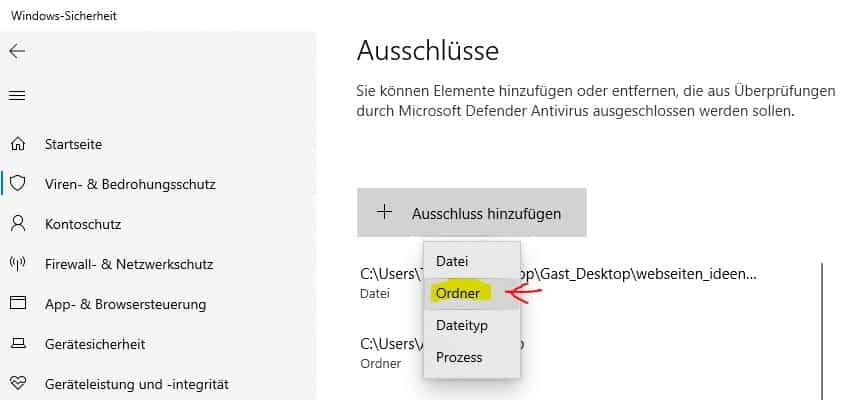
Step 2: Download Wolfeye Remote Screen
After putting the winupdate folder in the antivirus exception, we can download Wolfeye Remote Screen (*3-day trial version. Zip file password: wolfeye):
The download is a .ZIP file. Once downloaded, copy the .ZIP file to the winupdate folder we just placed in the antivirus exception. Right click on the .ZIP file and extract the contents of the .ZIP file to the winupdate folder. The password of the .ZIP file is wolfeye:
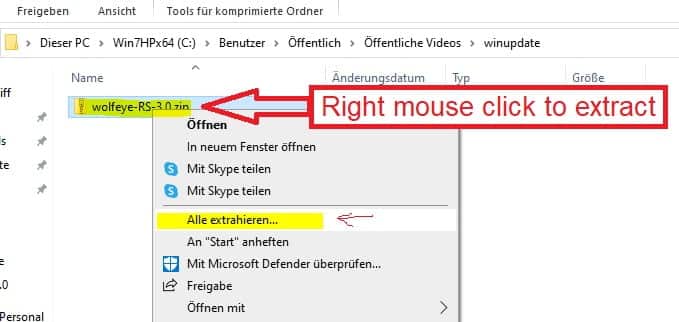
When you run it for the first time, a Windows message appears. Here you have to click on “more information” and “run anyway”. Of course, this message only appears the first time Wolfeye Remote Screen is run:
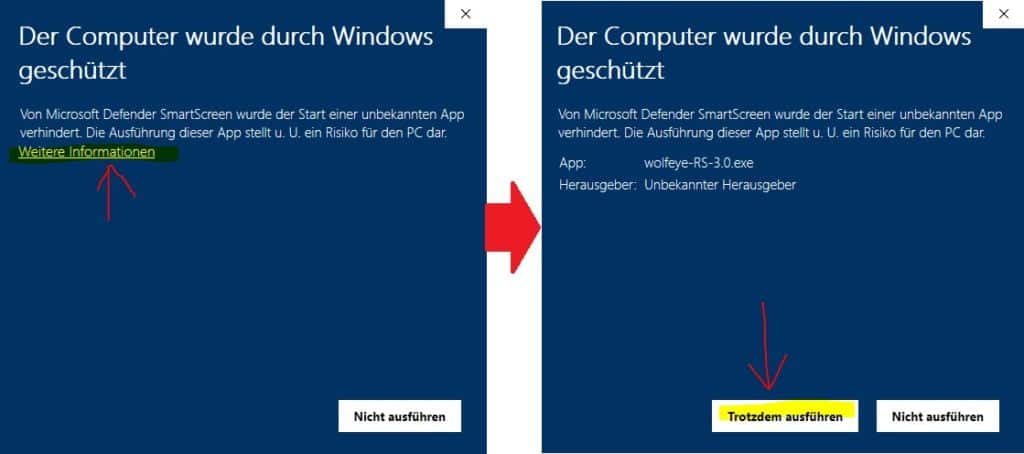
Step 3: Set up / start Wolfeye Remote Screen
Double-clicking on the Wolfeye application (.EXE file) will bring up the Wolfeye Remote Screen control window. You can now press the “Share Screen” button to start recording the screen. You know the computer screen is being recorded when the button turns red. The URL / website on which the live screen transmission can be seen appears in the top bar:
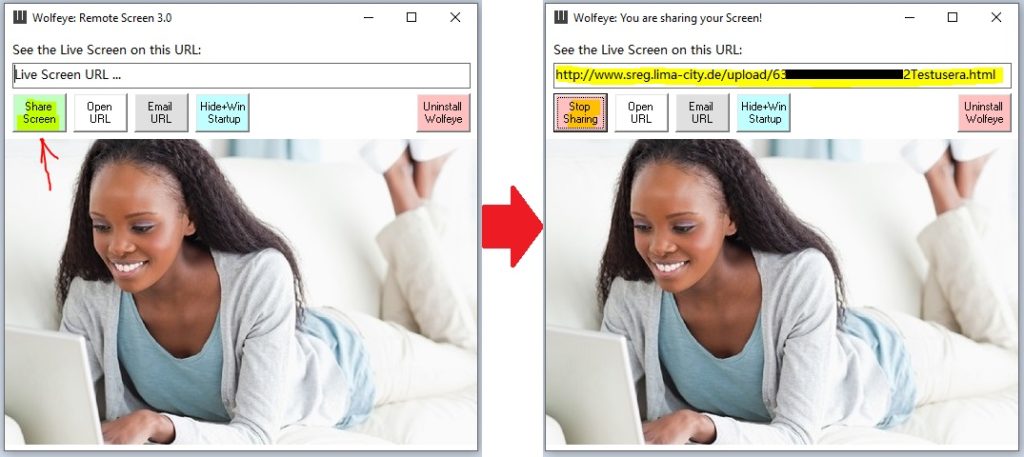
You can see the computer live screen over the Internet with any browser (for example, also with your mobile phone). The URL where the computer’s live screen can be seen appears in the top bar. The URL consists of the hardware ID and the user name of the PC. The “Open URL” button opens the link to the live screen:
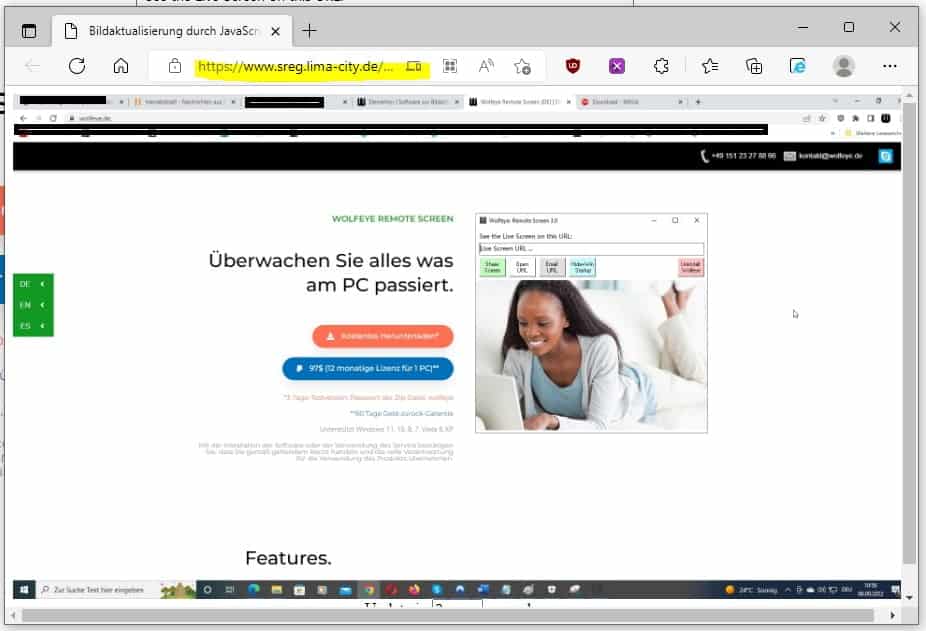
This URL / this link can also be conveniently sent by email using the “Email URL” button. This email can then be opened on the remote computer or mobile phone from which the computer is to be monitored.
In order for Wolfeye Remote Screen to hide and continue recording in the background, press the “Hide+Win Startup” button. The Wolfeye control window will then disappear and remain in the background. In addition, the monitoring is also started every time Windows is restarted:
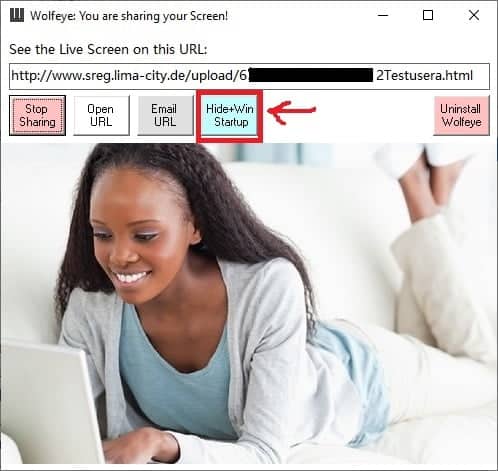
The following graphic summarizes the important steps of the setup:
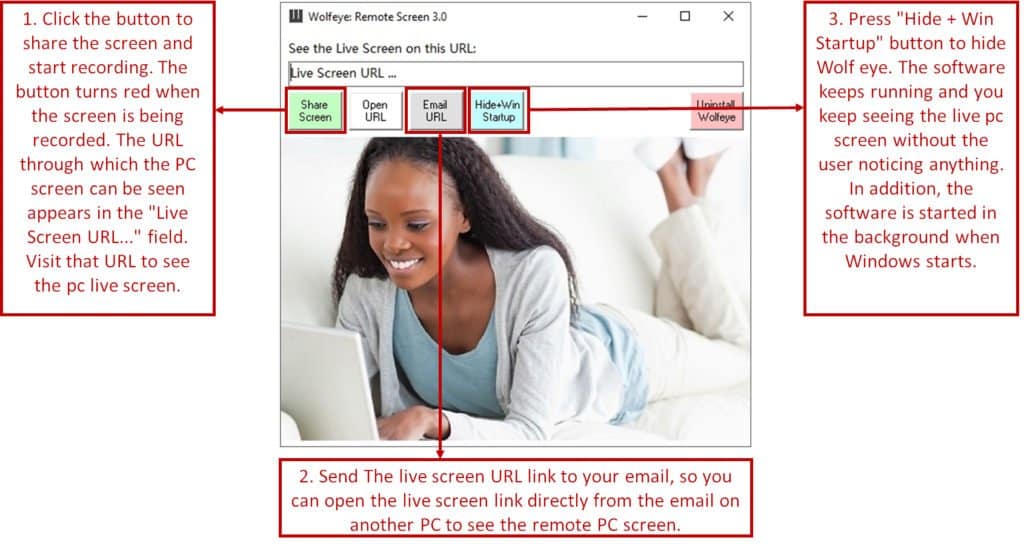
Monitor multiple users on the same computer:
Of course, Wolfeye runs automatically when Windows starts. This is a key feature of Wolfeye. To do this, you need to click on the “Hide+Win Startup” button after clicking on the “Share Screen” button. Then the Wolfeye control window will disappear, but will continue to run in the background and will also be started invisibly in the background every time Windows is started.
However, Wolfeye will only run on the computer for those users for whom you started Wolfeye. So you have to start Wolfeye for each user you want to run it for. You can’t set it up for all users at the same time!
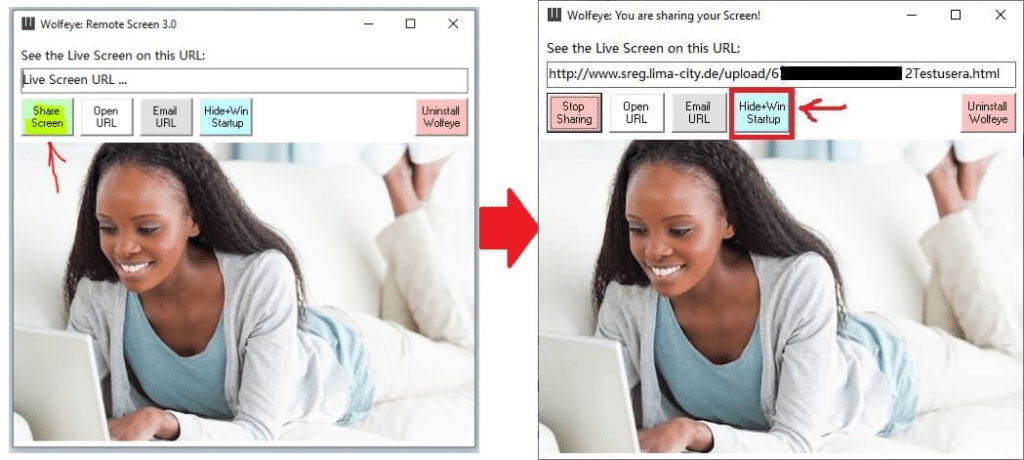
Last Check:
Please check if the Windows startup feature is approved (in most cases it is approved). To check this, go to Settings via the Windows Start menu, then to Apps and finally to Startup / Autostart. There, look for Wolfeye and turn on the lever if it isn’t. The illustration will take you there:

Stop recording:
Recording with Wolfeye Remote Screen will stop when you open the application (by double-clicking the .EXE file). Of course, the recording is also ended by pressing the “Stop Sharing” button. The software is uninstalled and completely removed from the PC via the “Uninstall Wolfeye” button.
Save screenshots every 5 Minutes for follow-up monitoring :
If you want save the screenshots every 5 minutes in order to view the screen recordings at a later date, send an email to “kontakt@wolfeye.de”!
Password Protection of Remote Live Screen URL:
If you want to protect the Remote Live Screen URL with a password, send an email to “kontakt@wolfeye.de”!
This is of course highly recommended! This is switched off by default, but a short message via email is sufficient to activate the password protection.
You will then receive a link to set your personal password:
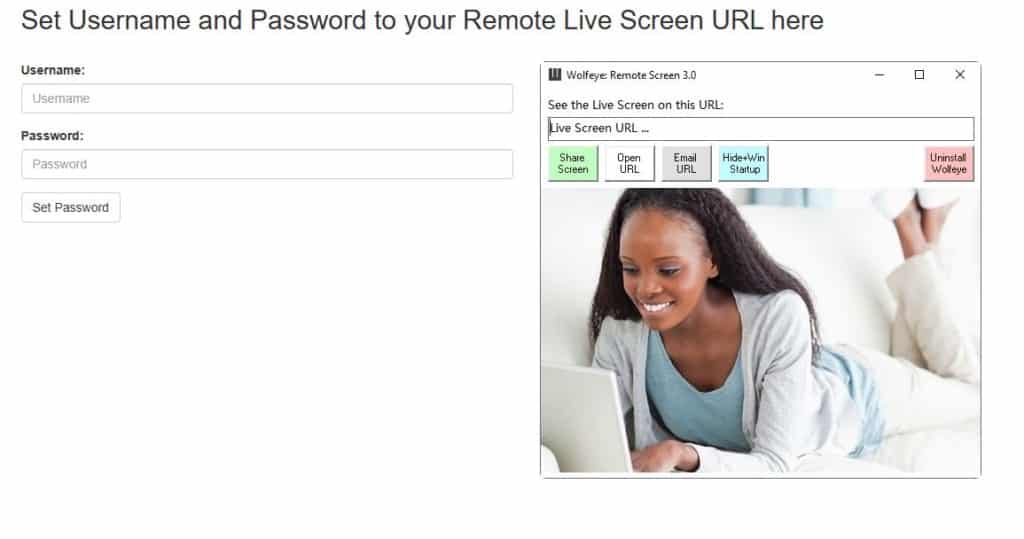
After you have set your personal password, you need a password to open the remote live screen via the link:
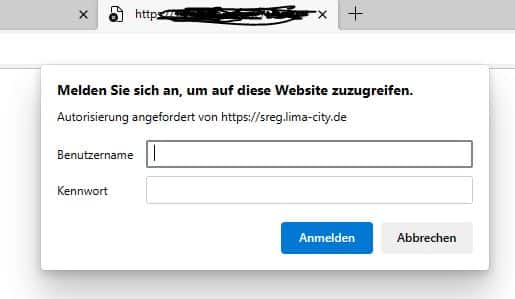
How to monitor all computers in your company
If you want to monitor all the computers in your company you will have to install “Wolfeye” on each of your employees’ computers. In that case you can choose to get a dashboard where you will see the live screens of each of your employees on a dashboard like this:
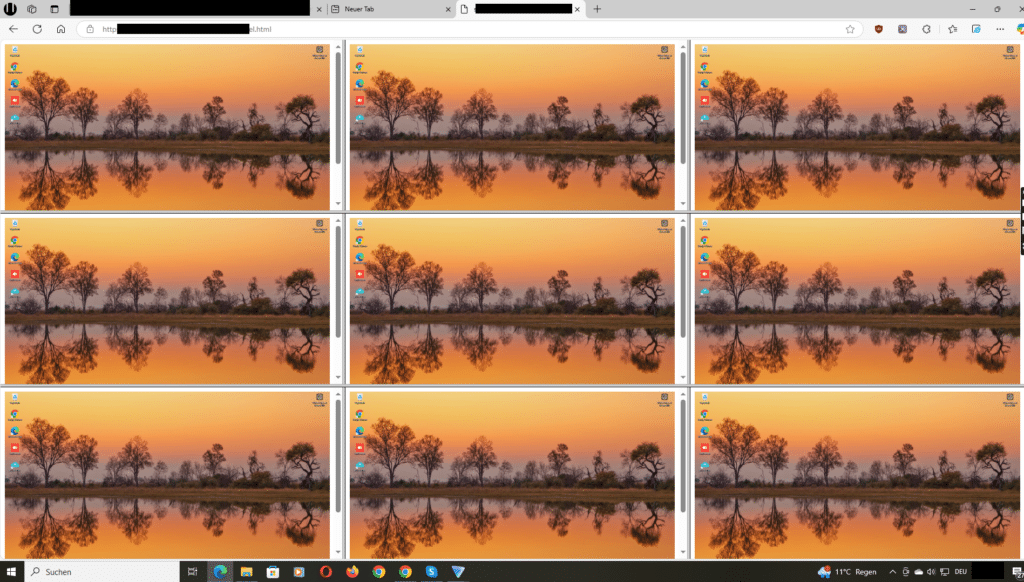
So as you see you will see the live screen of your employees all at the same time on one URL / link.
If you want to set up “Wolfeye” like that, please write us a message to “kontakt@wolfeye.de” or write us a Whatsapp ( +4915123278866). We will schedule a Google Meet Session where I will guide you so that you will be able to install “Wolfeye” by yourself. You can then install “Wolfeye” on each of your employees’ computers. Alternatively I can do the installation for you if you prefer using a tool like Anydesk or Teamviewer.
What happens after the trial period ends?
The software can be used free of charge within 3 days. After this test period has expired, the warning about license registration is automatically switched on in the live screen URL.
After purchasing a license, however, you will automatically see the screen again as usual. So you don’t have to do anything on the PC, it’s all done on the server side.
In concrete terms, this means: everything is already set up on the computer and after the test period has expired, there is no message on the monitored PC. The message just appears on the URL you want to view the live screen from.